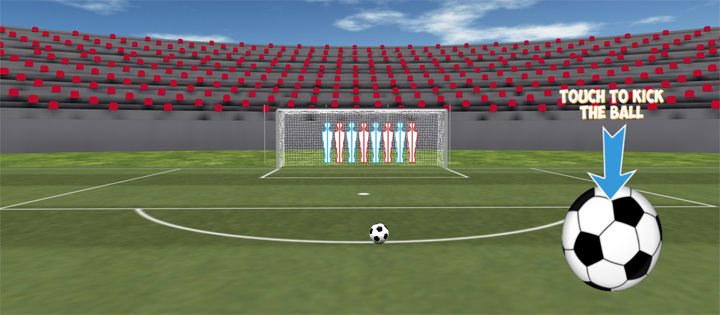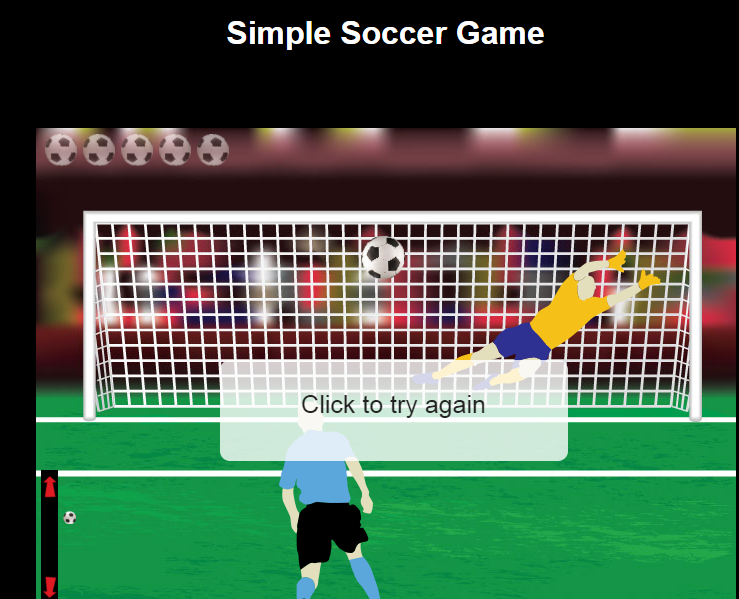Advanced Soccer Simulation Techniques
Creating realistic soccer simulations requires a deep understanding of both programming concepts and football mechanics. Advanced techniques include implementing realistic physics for ball trajectory, spin effects, and collision detection that accurately represents how a soccer ball behaves in real-world conditions. Player AI development involves creating intelligent decision-making systems that can evaluate field positions, make strategic passes, and adapt to different game situations dynamically.
Modern soccer game development also incorporates machine learning algorithms to create more sophisticated opponent behavior and realistic player statistics. By analyzing real football data and implementing statistical models, developers can create games that not only look authentic but also feel genuine in terms of gameplay mechanics, team formations, and match outcomes. These advanced techniques separate amateur projects from professional-quality soccer gaming experiences.


